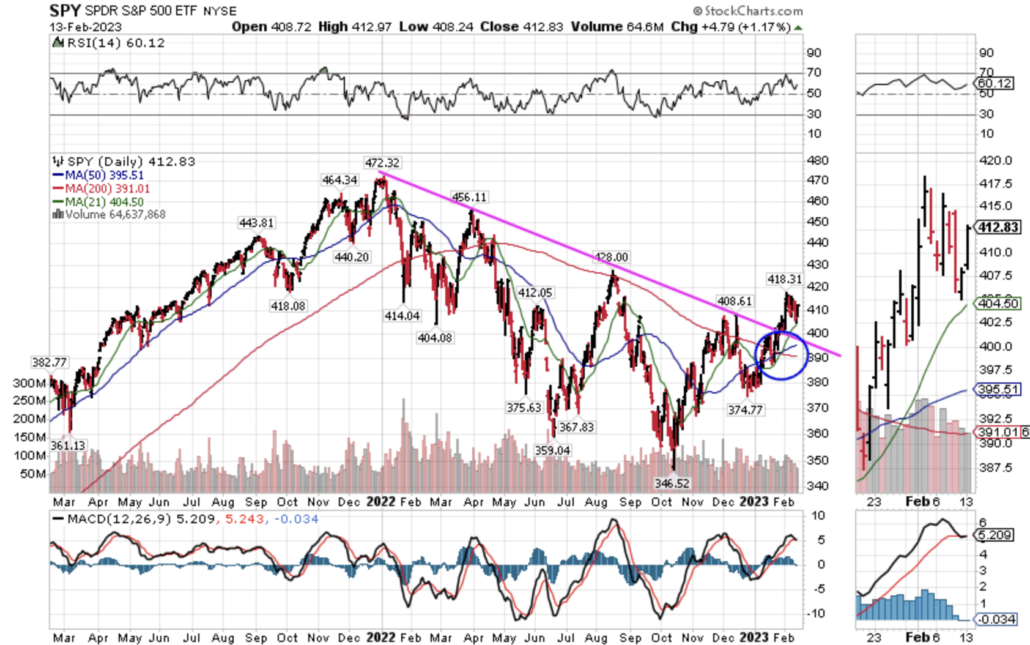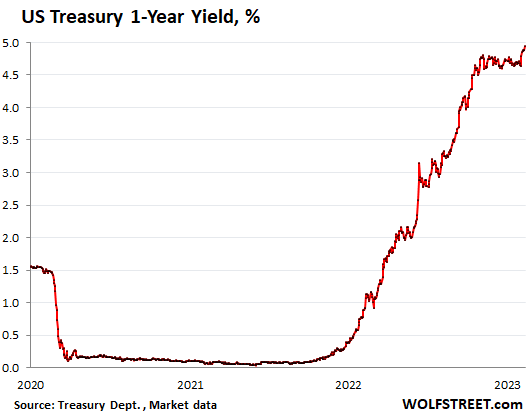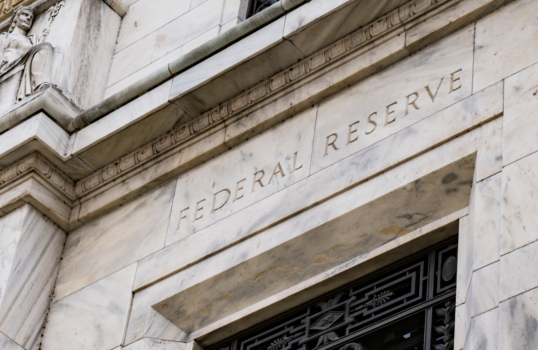The FED Meets and Speaks and the Stock Market Holds a Breakout
We have just gone through another FED meeting and rate hike cycle. The FED delivered what was widely expected, another one-quarter of a percent interest rate increase.
And as usual, the action of the FED was heavily scrutinized as is the after-announcement presser and then comments from various FED Presidents. A number of regional FED Presidents indicated that interest rates would continue to be raised but the smaller increase in rates signaled the FED is not in a panic to squash inflation. More statements after the meeting caused the market last week to hesitate and retreat modestly, even while holding on to the bulk of the breakout above resistance.
The market has been hoping for a pause in this interest rates hike cycle, and then a pivot to the downside. Lower rates are presumed to be good for the market and good for the economy.
Despite that being common wisdom, that is not always the case. It depends on why they are falling. If it truly is a change in FED policy, that may be one thing. However, if rates fall because the demand for loanable funds is collapsing, that may indicate severe economic weakness. The latter is usually better for bonds while stocks are vulnerable to a decline in earnings under such conditions.
It is also a widely accepted dictum on Wall Street, often credited to the late Martin Zweig, that an investor should not “fight the FED.” If the FED is raising rates, take the appropriate stance to exploit or guard against rate increases. If the FED is lowering rates, take the correct stance to exploit that. One is not supposed to defy or fight the FED.
But, the market seems to either be either in a mood to defy reality, defy the FED, or just plain confused right now. FED Chairman Jerome Powell and other regional Presidents have made it quite clear that they do intend to continue to raise rates. The market continues to hold the view that this is just talking and the FED won’t follow through. As we pointed out last time, this skepticism by investors has largely been caused by previous FED actions and hence the FED is trapped in a predicament of its own making.
The FED over 20 years has repeatedly flooded the system with liquidity and lowered rates at every sign of trouble. The market is convinced the FED will stay with that playbook and it will not risk recession to fight inflation. Hence the market rallies while the FED increases interest rates expecting a U-turn in policy.
Despite a surprisingly strong employment number, the market acted like the FED would still ease off soon even though a tight labor market suggests “cost-push” inflation is alive and well. Late last week, revisions to the CPI numbers previously issued were all revised upward which added to concerns. Inflation remains stubbornly higher than the supposed 2% target.
While the credibility of the FED remains at stake, the market also has also taken heart from many signs that the economy is slowing and that the jobs number is likely an outlier in the otherwise soft-looking data.
But if the economy is weakening, why would that be good for stocks? Because it is asserted that economic weakness will cause the FED to relent, pause on rate hikes, and then pivot to rate reductions.
This confusion about the economic indicators and the belief that the FED is not really serious ironically has powered the market higher. While there are lots of contradictions, it is undeniable that over the past weeks, the market has been rising and putting off internal signs of strength.
The last time we visited the subject we noted that the stock market was on the verge of either breaking out above resistance or would fail at important resistance. Our bias was, and remains, to the upside despite all the confusion. The reason continues to be the strong internal action by the market.

The update is that the market succeeded in breaking the bear market linear trendline, and the moving averages that were clustering last time we commented, have succeeded at crossing, thus providing what technical types call a moving average buy signal. Thus we have two pluses for the market and suggest further advance upward.
We continue to have strong internal days where the number of advancing issues dwarf those declining. We also have a large number of shares hitting 52-week highs while a much smaller number are hitting 52-week lows. About 90% of individual industry groups within the broad stock averages also are rising.
These are all indications of a market that “wants” to go up, even though the FED says it will persevere in pushing rates higher to get inflation back down, even if it risks recession and damages to the stock market. And the market was able to break out and hold the breakout all while interest rates continue to move higher.
So, in a sense, the market is fighting the FED, which historically has been a dangerous thing to do. Ironically, this makes the FED’s job that much harder and increases the chance of policy error. The policy error would be to keep tightening right into the beginning of a recession thus making the recession potentially more severe than it needs to be.
Yields on the one-year Treasury are now nearing 5% after the latest inflation numbers indicate high prices are persisting and not sagging back as the market has hoped.

Usually, such a sharp rise in short rates is quite negative for stocks as it was last year but at least for the moment, the market remains sanguine believing that rates are about to retreat all the while they continue to rise.
We concluded last time that one other strong negative was that the market has become overbought in some momentum indicators and gotten very overbought in sentiment readings. That continues to be the case.
The war in Ukraine continues to intensify as well.
What is the bottom line in this mish-mash of confused signals? The market is climbing the ‘wall of worry.”
Our sense is the internal strength is real and that the market will most likely continue to move higher during the first quarter of the year. However, as noted previously, the market does not usually make large or sustained advances when enthusiasm is running this hot. Also, large sustained bull markets normally do not begin from already elevated valuation levels. Rather, they usually begin when the market has overswung to low valuations.
It is also true that stock market action is not always connected well to economic indicators. This seems to be one of those times. We still have serious problems to contend with. Among these are a steady 8-month decline in the Leading Economic Indicators, an inverted yield curve ( the 2-year is .80 percent above the 10-year treasury), a contracting M-2 money supply, and a weaker real estate sector. The last time the 2-year to the 10-year treasury was this inverted was in 1981. We remember it well. It wasn’t pleasant.
Enjoy the move for what it likely is: a strong bear market rally that will likely not sustain for the rest of the year.
Investors can make money in large rallies just as they can in bull markets. But you do need to have an executable plan to protect profits since probabilities still favor that the rally will fade in the coming months.



